Solo Trekking in Ladakh 2025: Best Routes and Must-Know Tips
Ever felt like running away from endless WhatsApp groups, office drama, and nosy relatives asking about your life plans? Well, solo trekking in Ladakh is the perfect escape—just you, the mountains, and zero notifications! A Leh Ladakh tour will turn into an adventure in no time!
Wondering where to start your trek? The options are endless! Sham Valley is beginner-friendly, while the Chadar Trek lets you walk on a frozen river! For a real challenge, Stok Kangri tests your limits, but the sunrise at the summit is worth it. If peace is your goal, Tso Moriri offers surreal beauty.
For the ultimate Ladakh experience, pair your solo trek with a thrilling Ladakh motorbike trip—because why choose one adventure when you can have both? But before you pack your bags, remember: Ladakh isn’t just about breathtaking views; it demands preparation. The terrain is unpredictable, the weather is moody, and network signals? Practically nonexistent. So gear up, plan well, and get ready for the adventure of a lifetime!
Best Solo Trekking Routes in Ladakh
How to plan a solo trek in Ladakh? Start by choosing the best route for your experience level! Whether you're seeking a challenging adventure or a scenic escape, picking the right trek sets the tone for your journey. Here are some popular Ladakh trekking routes for solo travelers:
1. Markha Valley Trek – The Classic Ladakh Trek
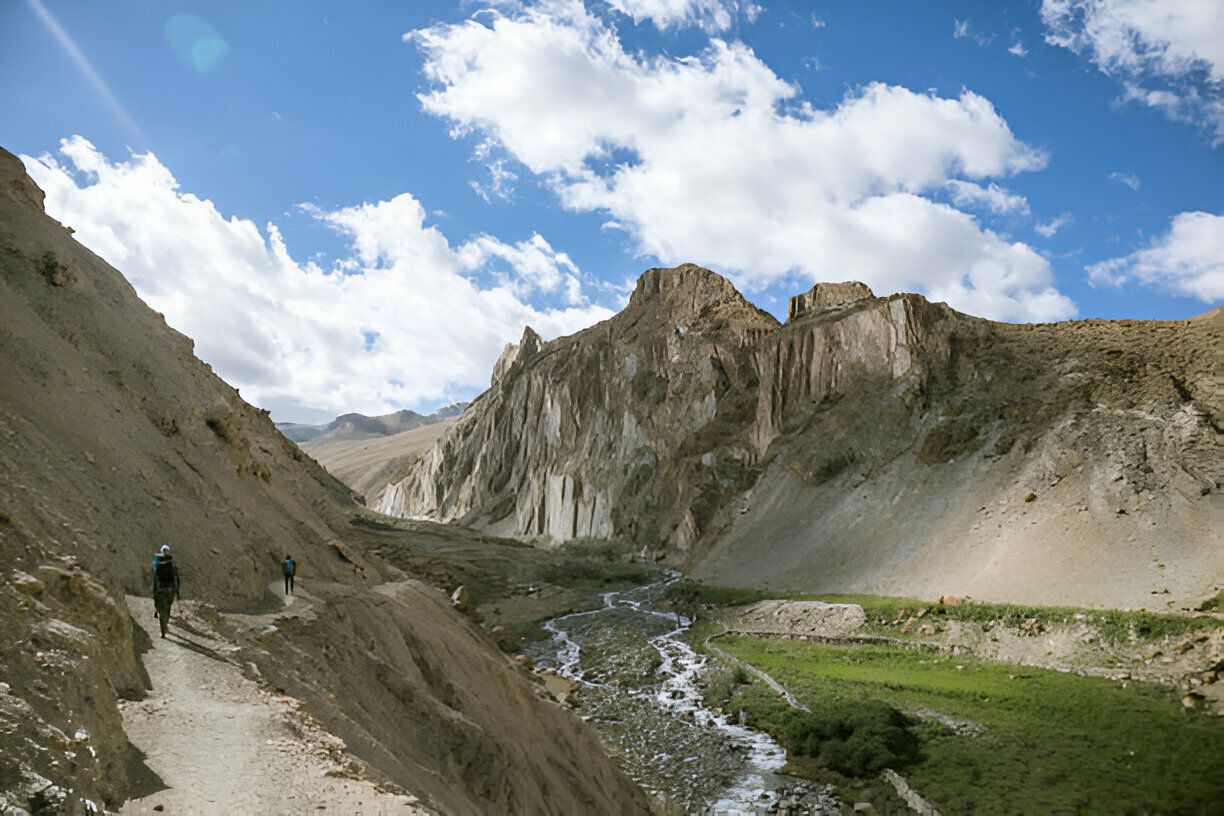
One of the most popular treks in Ladakh, the Markha Valley Trek is a perfect mix of adventure, culture, and breathtaking scenery. You’ll walk through scenic villages, cross high-altitude mountain passes, and be greeted by the sight of Buddhist monasteries against a backdrop of rugged peaks.
- Duration: 6–8 days
- Difficulty: Moderate
- Best Time: June to September
Highlights:
- Scenic villages like Skiu and Markha.
- Crossing the Kongmaru La Pass (5,200 meters).
- Buddhist monasteries and stunning landscapes.
Why It’s Great for Solo Trekkers:
The Markha Valley Trek is well-marked and relatively popular, so you’ll often encounter other trekkers. Homestays in villages make it easier to manage food and accommodation.
2. Stok Kangri Trek – The Ultimate High-Altitude Challenge
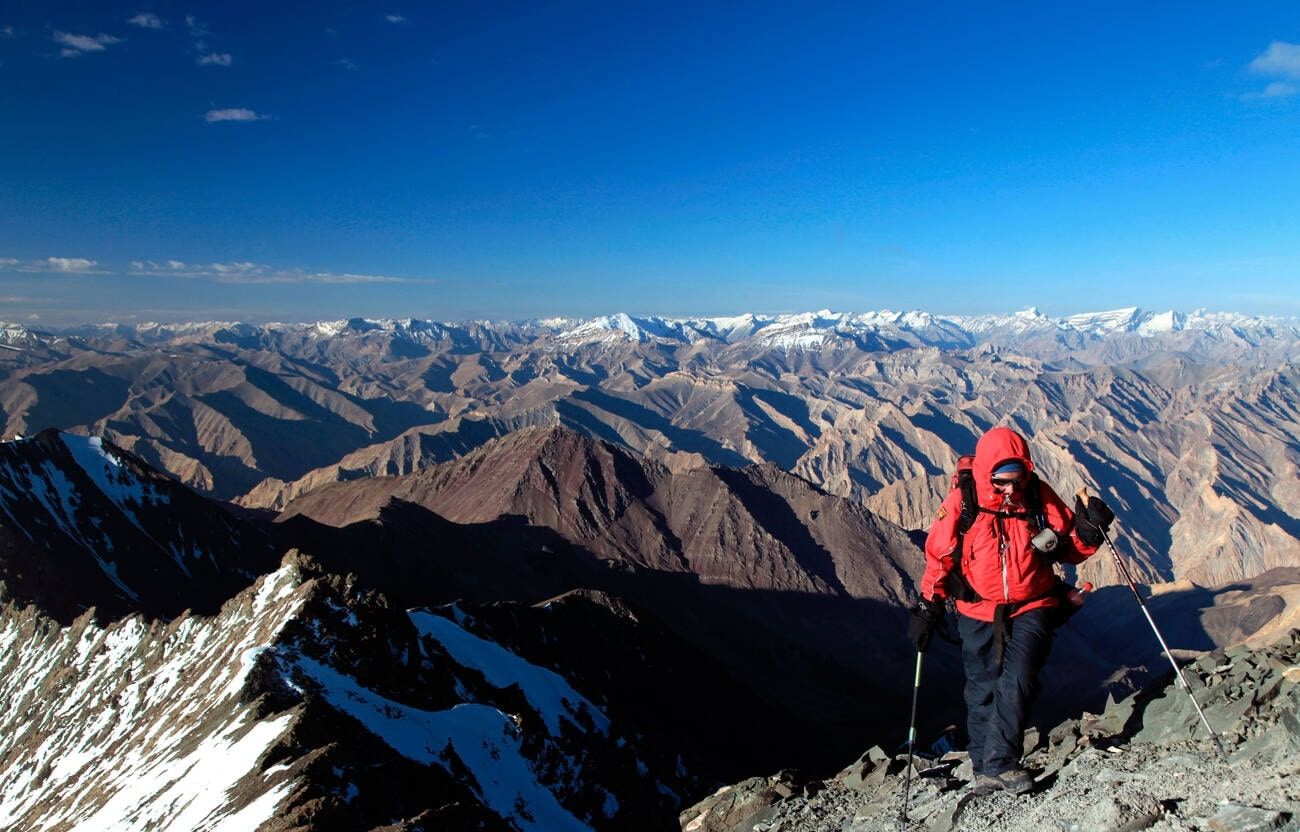
If you’re an experienced trekker looking to push your limits, Stok Kangri (6,153m) is the perfect test. This trek takes you to the highest trekkable peak in India, offering a thrilling high-altitude summit experience with jaw-dropping views of the Zanskar and Karakoram ranges.
- Duration: 8–10 days
- Difficulty: Challenging
- Best Time: June to September
Highlights:
- Summit Stok Kangri (6,153 meters), one of the highest trekkable peaks in India.
- Breathtaking views of the Zanskar and Karakoram ranges.
Why It’s Great for Solo Trekkers:
While challenging, this trek is well-suited for experienced solo trekkers looking for a high-altitude adventure. Hiring a guide is recommended for the summit climb.
Note: Stok Kangri has been closed since 2020, with hopes of reopening in 2025. However, as of now, there’s no official confirmation. The village authorities near the Stok Kangri Basecamp initially estimated a five-year recovery period to allow the region to regenerate. While the trek’s future remains uncertain, many believe it will eventually reopen.
3. Sham Valley Trek – The "Baby Trek" of Ladakh

Looking for a short and easy trek in Ladakh? The Sham Valley Trek is a great choice, offering beautiful views, ancient monasteries, and charming villages. Perfect for beginners or those who want to enjoy a relaxed trek without extreme altitude challenges.
- Duration: 3–4 days
- Difficulty: Easy to Moderate
- Best Time: May to October
Highlights:
- Beautiful villages like Likir and Yangthang.
- Ancient monasteries like Likir and Hemis Shukpachan.
- Gentle terrain, perfect for beginners.
Why It’s Great for Solo Trekkers:
This is one of the easiest and best solo treks in Ladakh, ideal for those who want a relaxed experience with minimal challenges.
3. Nubra Valley Trek – The Desert in the Mountains
A trek that offers a mix of adventure, culture, and surreal landscapes, the Nubra Valley Trek takes you through high-altitude deserts, past sand dunes, and into villages that feel lost in time.
- Duration: 7–9 days
- Difficulty: Moderate to Challenging
- Best Time: June to September
Highlights:
- Sand dunes of Hunder and double-humped Bactrian camels.
- Diskit Monastery and the iconic Maitreya Buddha statue.
- Remote villages and high-altitude passes.
Why It’s Great for Solo Trekkers:
- The Nubra Valley Trek offers a mix of adventure and cultural experiences. However, it’s less crowded, so solo trekkers should be well-prepared.
5. Chadar Trek – Walking on a Frozen River
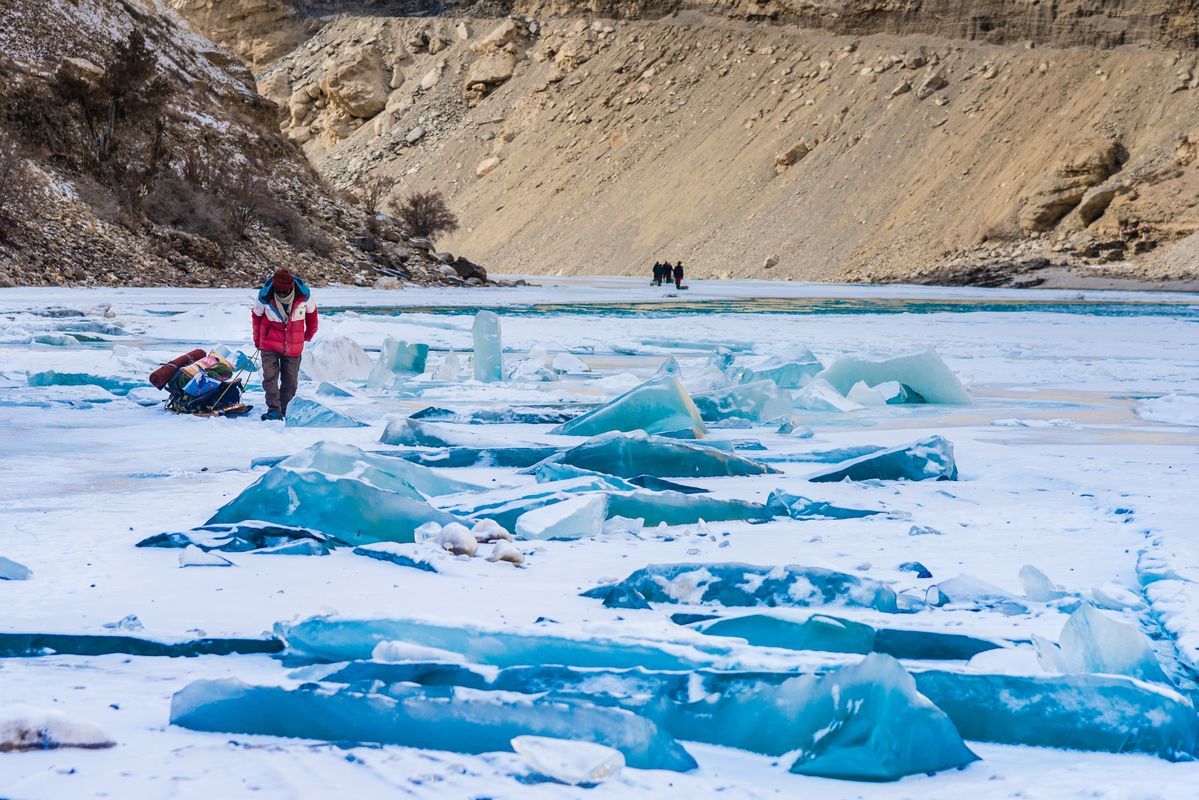
How thrilling would it be to walk on a frozen river! The Chadar Trek is one of India’s most unique and exciting treks, where you walk over the frozen Zanskar River. This winter trek offers breathtaking ice formations and a truly unforgettable experience. It’s one of the most challenging yet stunning Ladakh trekking routes for solo travelers.
- Duration: 8–10 days
- Difficulty: Challenging
- Best Time: January to February
Highlights:
- Walking on the frozen Zanskar River.
- Unique winter landscapes and ice formations.
- Visiting remote Zanskar villages.
Why It’s Great for Solo Trekkers:
This is a once-in-a-lifetime experience, but it’s extremely challenging and requires proper gear and preparation. Solo trekkers should consider joining a group for safety.
6. Lamayuru to Alchi Trek – Culture Meets Adventure
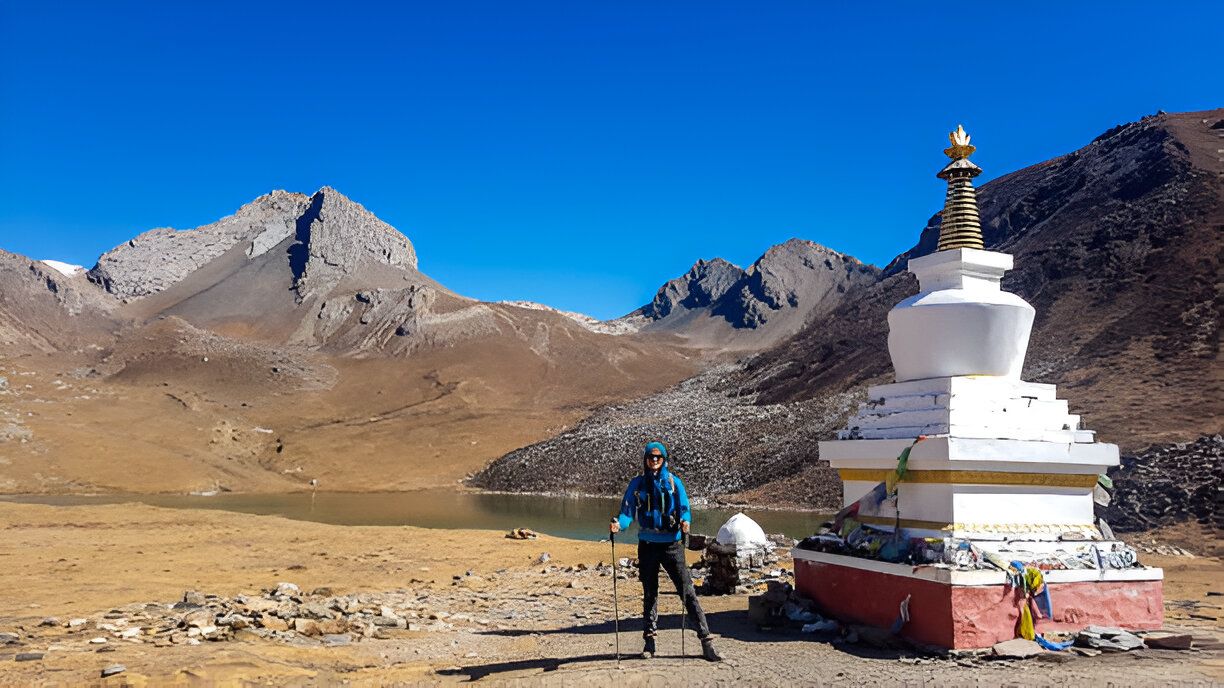
This trek is perfect for those who want a mix of cultural experiences and natural beauty. You’ll start from the Lamayuru Monastery, often called the “Moonland of Ladakh”, and end at Alchi Monastery, famous for its ancient art.
- Duration: 5–6 days
- Difficulty: Moderate
- Best Time: June to September
Highlights:
- Lamayuru Monastery, known as the "Moonland of Ladakh."
- Crossing the Prinkiti La Pass (3,750 meters).
- Alchi Monastery, famous for its ancient art and architecture.
Why It’s Great for Solo Trekkers:
This trek combines cultural exploration with scenic beauty, and the trail is relatively easy to navigate.
7. Tso Moriri Lake Trek: A Serene and Scenic Adventure

Trekking is the ultimate adventure that brings you a peace like no other! This moderate trek crosses the Changthang Plateau, passing nomadic camps and rugged trails. With its pristine beauty and tranquil vibes, Tso Moriri is a true hidden gem in the Himalayas!
- Duration: 7–9 days
- Difficulty: Moderate
- Best Time: June to September
Highlights:
- Tso Moriri Lake, one of the most beautiful high-altitude lakes in Ladakh.
- Remote villages and nomadic camps.
- Abundant wildlife, including migratory birds.
Why It’s Great for Solo Trekkers:
This trek is less crowded and offers a peaceful, off-the-beaten-path experience. However, solo trekkers should be prepared for remote conditions.
Best Time for Solo Trekking in Ladakh
If you’re planning a solo adventure trekking in Ladakh, timing is everything! The best time for solo trekking in Ladakh is from June to September, when the weather is pleasant, trails are open, and you won’t have to battle knee-deep snow.
During these months, daytime temperatures range from a comfortable 15°C to 25°C, while nights can get chilly. With clear skies and minimal snowfall, it’s the perfect season for treks like Sham Valley, Markha Valley, and Stok Kangri.
Feeling extra adventurous? Try the Chadar Trek in January-February, where you’ll literally walk on the frozen Zanskar River. But be warned—this one’s for the brave, as temperatures drop well below freezing!
Avoid trekking from late October to early May, unless you enjoy getting snowed in with no way out. Whatever season you pick, make sure you're well-prepared because Ladakh isn't just a trek—it's an experience of a lifetime!
Cost of Solo Trekking in Ladakh
The cost of a solo trek in Ladakh depends on factors like trek duration, route, accommodation, and whether you hire a guide. Here’s a breakdown of estimated expenses:
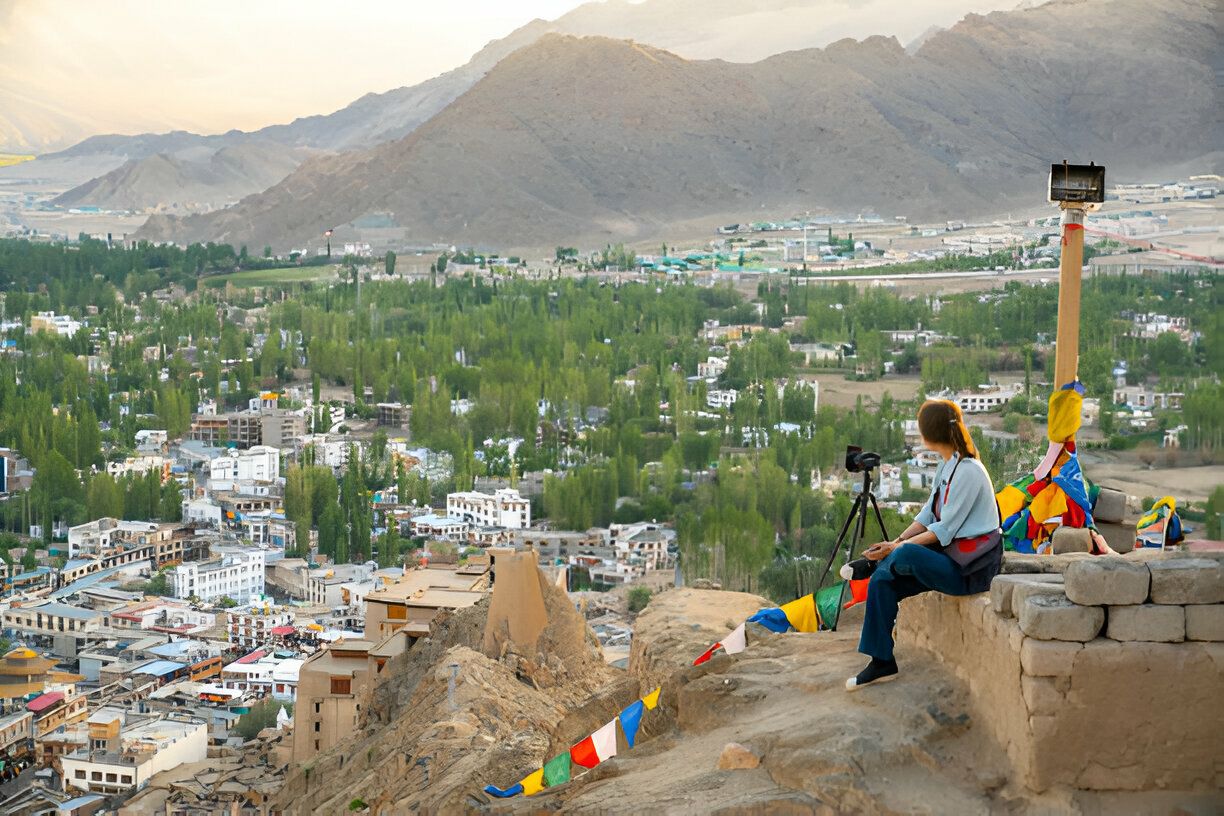
1. Permits & Fees
- Environmental Fees: ₹400–₹600 (for restricted areas).
- Wildlife & Camping Fees: ₹100–₹500 (for treks in Hemis National Park and designated campsites).
2. Transportation
- Flights: ₹10,000–₹20,000 (round trip to Leh).
- Local Transport: ₹200–₹5,000 (buses are cheaper, taxis are convenient).
3. Accommodation
- Leh Stay: ₹800–₹2,000 per night (budget hotels/guesthouses).
- Camping: ₹500–₹1,000 per night (renting gear, or free if you have your own tent).
4. Food
- In Leh: ₹200–₹500 per meal.
- During Trek: ₹300–₹1,000 per day (self-cooked meals cost less).
5. Gear & Equipment
- Renting: ₹500–₹1,500 per item (sleeping bags, trekking poles, etc.).
- Buying: ₹10,000–₹20,000 (one-time investment).
6. Guides & Porters
- Guide: ₹1,500–₹3,000 per day.
- Porter: ₹1,000–₹2,000 per day.
Estimated Cost for a 7–10 Day Trek
- Budget: ₹8,500–₹20,000 (self-supported, no frills).
- Mid-Range: ₹30,000–₹55,000 (with a guide, rented gear, better stay).
- Luxury: ₹55,000–₹1,00,000 (high-end stays, private transport, porter).
Essential Things to Carry for Solo Trekking
Trekking solo in Ladakh is thrilling, but you need to be well-prepared. The terrain is unpredictable, and there’s no room for "Oops, I forgot!" moments. Here's your ultimate packing list:
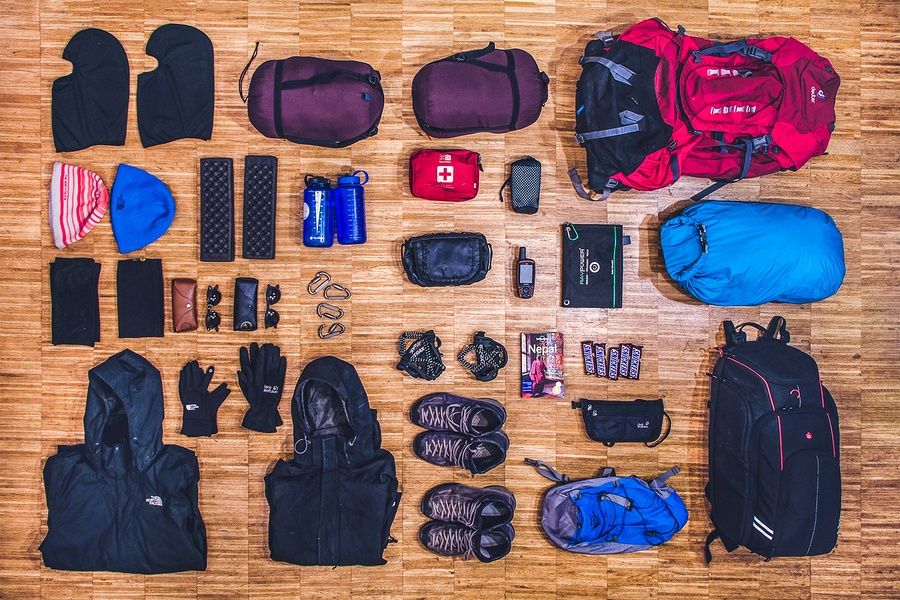
1. Trekking Gear
- Backpack (50-60L) – Lightweight but sturdy
- Sleeping Bag – Suitable for sub-zero temperatures
- Trekking Poles – Saves your knees on rough terrain
- Tent – If camping independently
2. Clothing & Footwear
- Layered Clothing – Thermal innerwear, fleece, and windproof jacket
- Trekking Shoes – Waterproof and well-gripped
- Gloves, Beanie & Socks – Essential for warmth
- Raincoat/Poncho – Because Ladakh’s weather is moody
3. Essentials for Survival
- First Aid Kit – Includes altitude sickness meds
- Water Bottles & Purification Tablets – Streams aren’t always safe
- Dry Snacks & Instant Food – Energy bars, nuts, and ready-to-eat meals
- Map & Compass / Offline GPS – No Google Maps in the mountains
4. Gadgets & Miscellaneous
- Headlamp / Flashlight – With extra batteries
- Power Bank & Solar Charger – Charging points are rare
- Multi-tool / Swiss Knife – For quick fixes
5. Permits & Documents
- Environmental Fees Permit – Mandatory for certain areas
- ID Proof & Emergency Contacts – Keep photocopies handy
Safety Tips for Solo Trekking in Ladakh
Solo trekking in Ladakh is pure magic—just you, the mountains, and endless adventure. But let’s be real, the high-altitude terrain isn’t exactly a walk in the park. A little caution can make the difference between an epic experience and a risky one. So, here are some solo trekking safety tips for Ladakh to keep you safe and sound.

1. Acclimatize Like a Pro
Ladakh sits way up high, and your body needs time to adjust. Spend at least 2 days in Leh before trekking—hydrate like crazy, skip the booze, and take it easy. AMS (Acute Mountain Sickness) is real.
2. Tell Someone Where You’re Going
No, you’re not in a thriller movie, but disappearing without a trace isn’t cool. Share your itinerary with a friend, family member, or even a local shopkeeper in Leh.
3. Offline Maps Are Your Best Friend
Forget Google Maps—network signals are as rare as traffic jams in Ladakh. Download offline maps, carry a compass, or get a GPS device.
4. Pack Smart, Pack Light
You’ll be carrying your own stuff, so don’t overdo it. Essentials: first aid kit, extra snacks, water purification tablets, flashlight, and an emergency blanket.
5. Check the Weather, Always
Ladakh’s weather is unpredictable—one minute it's sunny, the next it's a snowstorm. Check forecasts and always carry rain and windproof gear.
6. Stick to the Trail
The wild unexplored path looks tempting but getting lost in Ladakh isn’t the kind of adventure you want. Follow marked trails—it’s safer, and you won’t end up in a tricky situation.
7. Watch Out for Stray Dogs and Wildlife
Ladakh is home to snow leopards and stray dogs that can get aggressive. Avoid feeding them and keep a safe distance.
8. Listen to the Locals
Ladakhis have lived here forever—they know their mountains better than your fancy trekking app. Ask them about trail conditions, water sources, and any recent changes before setting off.
9. First Aid is a Lifesaver
Blisters, headaches, or AMS—be ready. Carry painkillers, bandages, Diamox or other AMS meds , and antiseptics. You might not need them, but if you do, you’ll thank yourself.
10. Know When to Stop
Pushing yourself too hard at high altitude? Bad idea. If you feel dizzy, breathless, or exhausted, rest or turn back.
Conclusion
In conclusion, solo trekking in Ladakh is an experience like no other—an adventure that combines stunning landscapes, challenging routes, and moments of pure solitude. Whether you're trekking through the rugged terrain of the Chadar Trek or enjoying the serene beauty of Tso Moriri, the journey will leave you with memories that last a lifetime. So, if you’ve ever wondered how to plan a solo trek in Ladakh, start by choosing the right trek, prepare well, and embrace the adventure. Solo hiking Ladakh is waiting for you, offering an unforgettable blend of peace, adventure, and self-discovery!

%20(1).jpg)

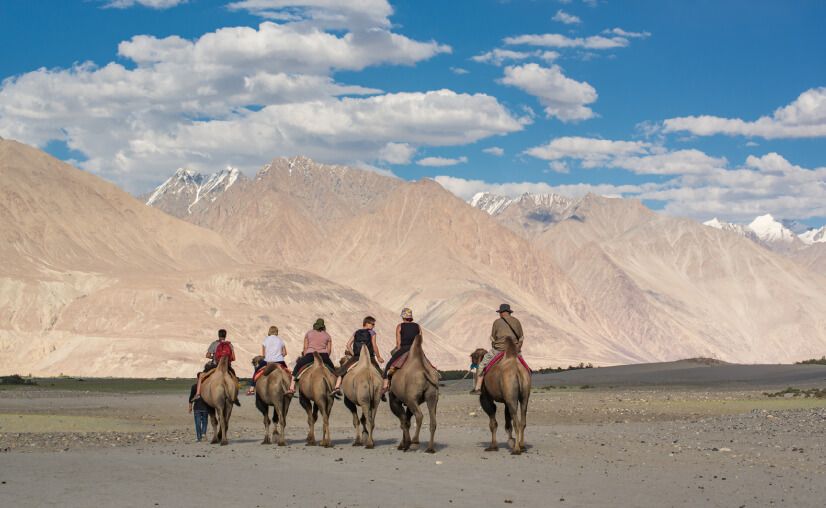
That's very fabolous journey , helps me alot for my future trip.
ReplyDelete